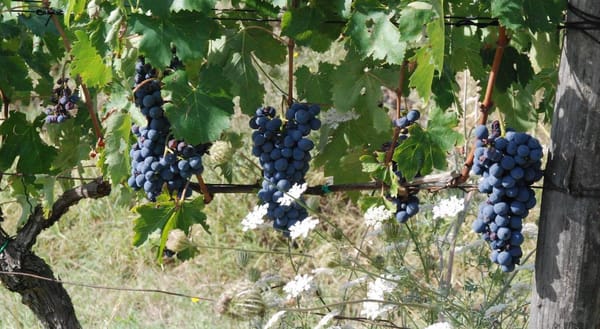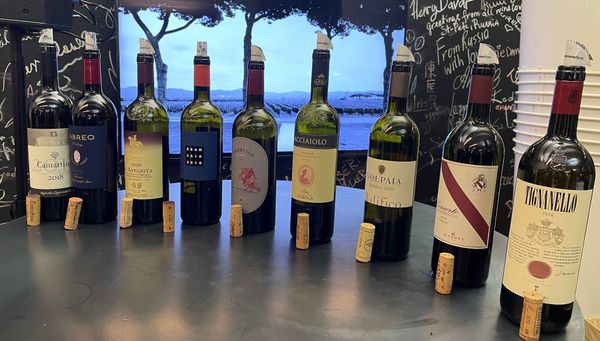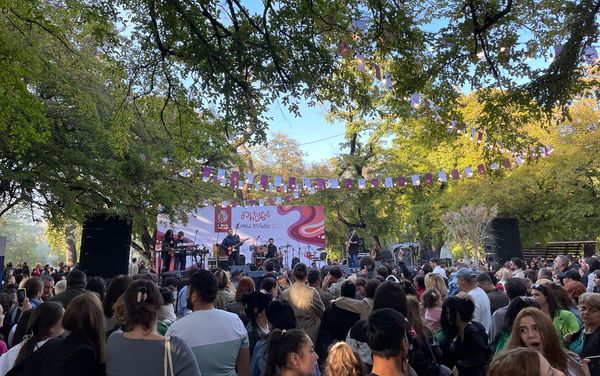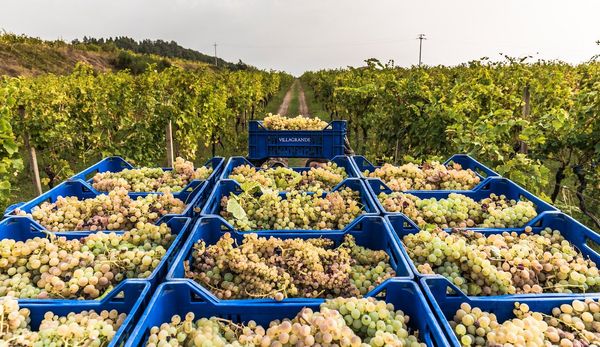Appellation Guide: Vesuvio DOC (Campania, Italy)

Discover Campania
If you had to say just one thing about the wines of Mount Vesuvius, it would surely be the sense of awe their origins evoke. Cultivated in the volcanic soils that surround the small towns and villages at the foot of this monstrous natural focal point, varieties such as Coda di Volpe and Piedirosso continue the strong winemaking traditions that pervade things in this ancient land.
Historically, this is a fascinating wine growing area. Referenced in Grecian texts and extremely revered by Roman authors such as Pliny and Felix, the wild fauna of Vesuvius' volcanic slopes, pitched against the azure blue of the Tyranehan sea has continuously conjured a great sense of beauty and admiration.
One such anecdote (now enshrined in local culture) is the tale of Lucifer tearing the sky apart as he was cast from heaven. When Christ saw the damage he wept and where fell his tears, the vines of Lacryma Christi del Vesuvio fell. Another variation on the theme suggests Christ was so overwhelmed by the beauty of the bay of Naples he was brought to tears.
Lacryma Christi is an old term for the wines of the area and one that is allowed to assume part of the Vesuvio DOC, formed in 1983. These wines can be either red, white, rose, sweet or sparkling. Such a memorable reference inevitably draws attention away from the standard Vesuvio Bianco, Rosso or Rosato but there is little difference. The most obvious is a slight increase in the minimum required alcohol levels, making Lacryma Christi a slightly bigger wine.
White wines in the DOC must be put together by an 80% combination of Coda di Volpe (locally known as Caprettone) and Verdeca. The rest can be made up with other regional varieties such as Falanghina or Greco. The reds meanwhile are made with a minimum 50% Piedirosso (Palombina) and a maximum of 30% Sciascinoso (Olivella). The rest (if any) is made up of a maximum of 20%.
Production area: Boscotrecase, Trecase, San Sebastiano al Vesuvio, Ottaviano, San Giuseppe Vesuviano, Terzigno, Boscoreale, Torre Annunziata, Torre del Greco, Ercolano, Portici, Cercola, Pollena Trocchia, Sant'Anastasia, and Somma Vesuviana.




